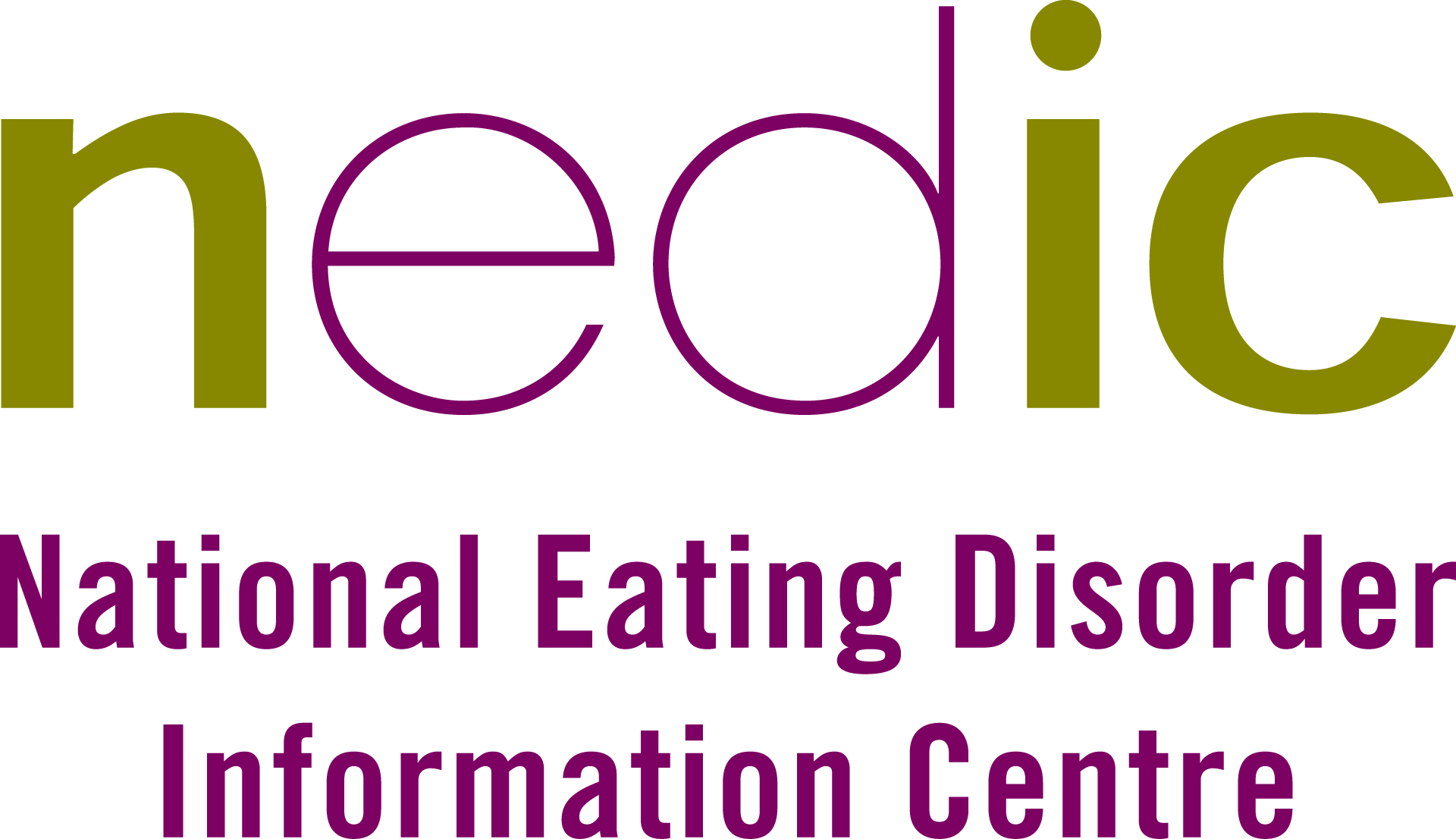
Chloë Grande
May 10, 2023, noon

Like many mental health conditions, eating disorders spiked over the pandemic. I know because I was someone who relapsed with my eating disorder during this difficult and unpredictable time. Yet, I knew I wasn’t the only one struggling.
To help hold myself accountable to recovery and connect with other eating disorder survivors, I started blogging about my recovery journey. The response to my blog was overwhelmingly supportive, which inspired me to think bigger. I’ve now grown the blog into a full-time business where I speak, write, and lead workshops on eating disorder recovery, in addition to working as a Peer Mentor.
One of the highlights of being involved in this type of mental health advocacy is the opportunity to share my perspective as someone with lived experience. And that was my role as one of the Lived Experience Advisors for the Ontario Health Eating Disorders quality standard.
What’s a Quality Standard?
Quality standards help inform patients what high-quality care looks like for certain health conditions and processes where there is large variation in the care that patients receive across Ontario. They are grounded in the best available evidence and aren’t intended to be minimum requirements for clinicians; rather, they outline important opportunities to improve the quality of care for these conditions based on Ontario’s data.
Essentially, the quality standards are meant to set a STANDARD for care, so that everyone receives the same quality of care no matter where they live or who cares for them.
What’s included in the Eating Disorders Quality Standard?
These are the nine key areas that our expert advisory committee selected as the most important opportunities to improve care for people with eating disorders in Ontario:
While all of these areas are undeniably important, I’m going to share my personal experience with three of the areas that stood out most during my recovery process.
Statement #1: Comprehensive Assessment
I was a young athlete when I began to show the warning signs of an eating disorder. Fortunately, my gymnastics coach intervened early but it took many months for me to receive further clinical assessment.
Notably, my physician at the time had some wrong assumptions when assessing what an eating disorder looked like. For example, she asked if I ate breakfast, and thought since I did, I was okay. She also didn’t recognize that a person with an eating disorder may not be forthcoming about their behaviours due to self-shame and stigma.
Timeliness is key and we need to be aware of what those early signs look like so that an individual can get help sooner rather than later.
Statement #3: Transitions from Youth to Adult Health Care Services
My transition from youth to adult mental health care services was a rocky one, and unfortunately, that seems to be the case for many folks with eating disorders. As someone who moved away for university and was overwhelmed by the life changes, isolation, and academic pressures, I found myself falling back on old eating disorder behaviours. It was challenging to find clinicians who were eating disorder-informed. I wish there had been more help in the process.
Statement #6: Support for Family and Caregivers
Having my family’s support was a huge part of my recovery: they reminded me of the person I was before I got sick and that there was light at the end of the tunnel. In retrospect, I realize just how hard and exhausting it must have been for my family to go through treatment and support my recovery. Families and caregivers need support too, which is why I believe it’s so important that the quality standard includes a Patient Guide and a Caregiver Guide with helpful information and resources that people with eating disorders and their families can access.
The Impact
I felt lost at times during the early stages of my eating disorder recovery process. I didn’t know what to expect, what to say, how to feel — it all seemed like too much and I wish there had been a how-to guide. In a sense, the Eating Disorders quality standard acts as that guide. I’m hopeful these statements will help empower patients with the knowledge of what quality care across Ontario looks like for an eating disorder. We are deserving of high-quality care and a life that exists beyond our eating disorders.
Learn More
Whether you’re struggling yourself or know a loved one with an eating disorder, I encourage you to read and share the quality standard. For any questions or more information, please contact QualityStandards@OntarioHealth.ca.
Author Bio:
Chloë Grande is a health communications specialist turned eating disorder recovery speaker, writer and activist, and currently a Yale University Fellow in the Lived Experience Transformational Leadership Academy. She was a lived experience advisor on the Eating Disorders quality standard advisory committee with Ontario Health. You can learn more about Chloe’s work at www.chloegrande.com.

July 9, 2025, 3:47 p.m.

May 22, 2024, 12:40 a.m.